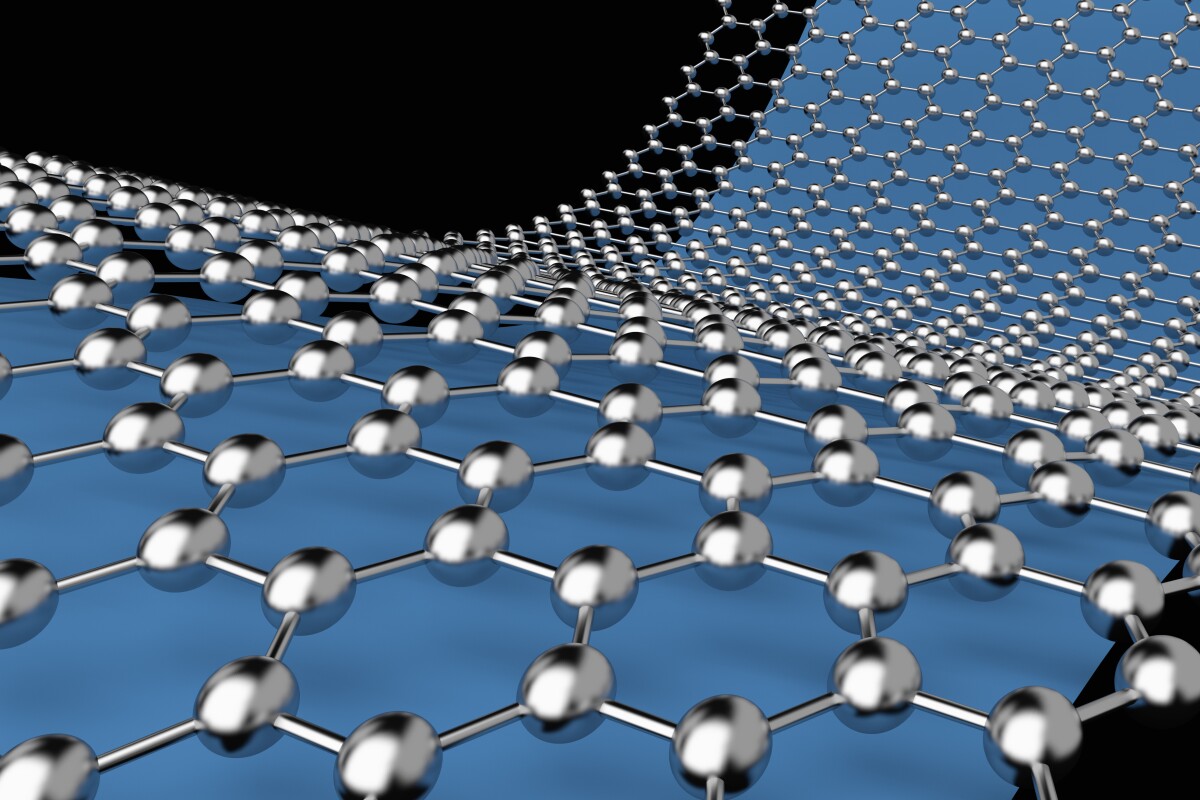While we hear a lot about flexible electronics that can be gently bent, how about ones that could actually be folded up? Things like the recently-developed graphite-based paper circuits definitely show promise, but now researchers from Illinois-based Northwestern University have taken another step forward – they’ve created graphene-based inkjet-printable ink.
Along with its various other useful qualities, graphene is known for being highly conductive, mechanically flexible, and chemically stable. This means that relatively thin, bendy layers of the material could be used to form circuits on a wide variety of materials – if only there was a way of applying it.
While other studies have attempted to create printed graphene circuits, the Northwestern ink is reportedly 250 times more conductive than anything that has resulted from those efforts.
In order to harvest a sufficient amount of the one-atom-thick sheets of linked carbon atoms that we know as graphene, scientists have previously broken them off of materials like graphite. Doing so requires an oxidization process, however, that significantly reduces the conductivity of the resulting graphene. The oxidization can be avoided by exfoliating the graphene from the graphite, although this approach requires the use of solvents that likewise decrease conductivity.
Instead, the Northwestern scientists use ethanol and ethyl cellulose to perform the exfoliation. The process is carried out at room temperature, it doesn’t affect the conductivity of the harvested graphene, and it creates little residue. The end result is a powder containing a high concentration of nanometer-sized flakes of graphene. This powder is combined with a solvent to create the ink, which can then be used in an inkjet printer.
The scientists have already used the technology to create intricate 14-nanometer-thick conductive patterns, by printing multiple layers of the ink onto a flexible substrate. Even when that substrate was “bent to a great degree,” there was almost no change in the conductivity of the printed ink.
A paper on the research was recently published in the Journal of Physical Chemistry Letters.
Source: Northwestern University




![The Ti EDC [everyday carry] Wrench is currently on Kickstarter](https://assets.newatlas.com/dims4/default/0ba225b/2147483647/strip/true/crop/4240x2827+0+3/resize/720x480!/quality/90/?url=http%3A%2F%2Fnewatlas-brightspot.s3.amazonaws.com%2F59%2Fb2%2F6a6fdd0348a8bfdad88bbcefec53%2Fdsc03572.jpeg)